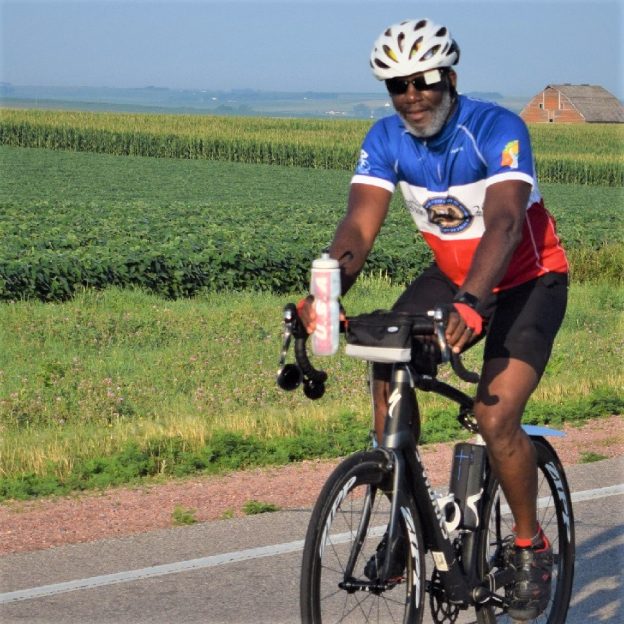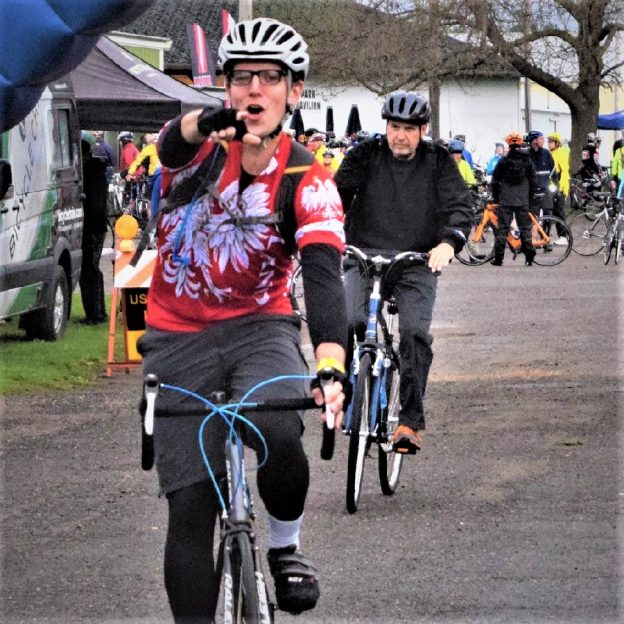Category: Riding Tips
-
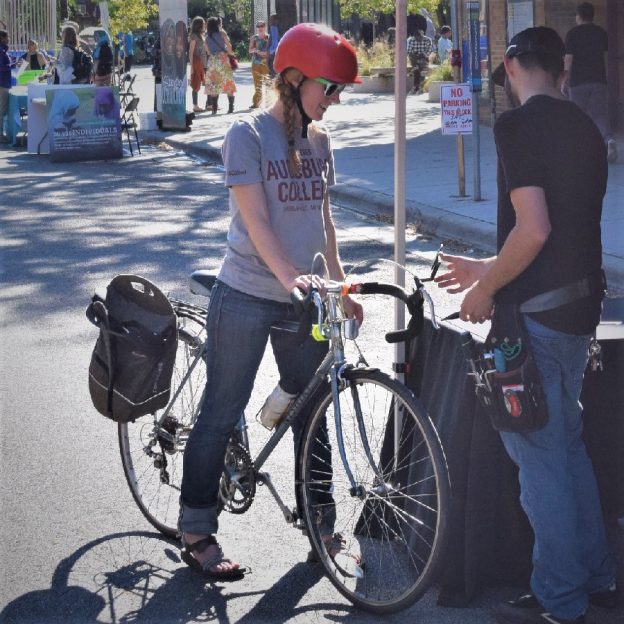
Building the ultimate commuter bike with what’s in your garage
I have used a commuter bike almost exclusively for the past twenty years. In that time, I have seen many people put off commuting by bicycle because they felt they didn’t have the right bike. While the right gear is essential, many don’t realize that the right equipment is closer than they think. Please take…
-

Use protection, it could save your skin….
Use protection, a reminder from the ’90s with Baz Luhrmann’s song, “Everybody is free to wear sunscreen.” A timeless reminder that many forget. We get so caught up in preparing for our races and rides. We check our equipment and focus on our nutrition. We check whether we have all our goodies and gear during…
-
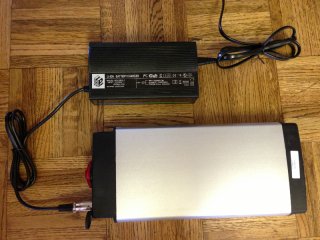
5-tips to extend a lithium battery life for e-bikes and other power tools
Electric bicycles and e-power tools are becoming increasingly common in most countries worldwide. Here are some tips to extend the lithium battery life.
-
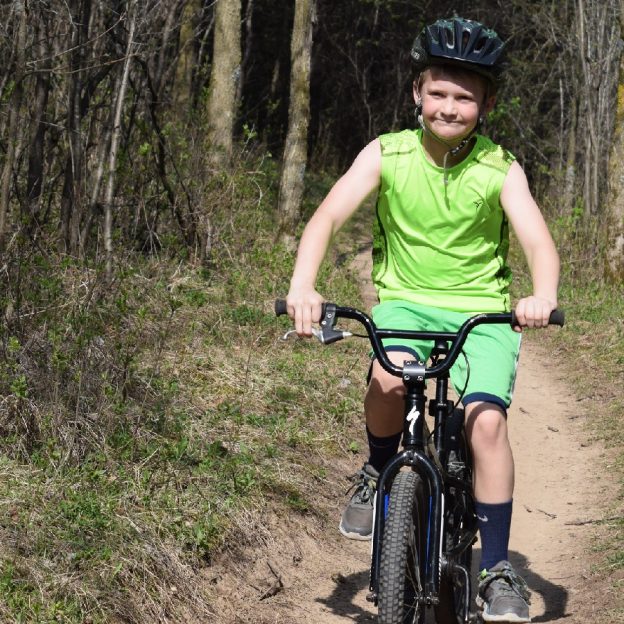
With these tips, wood ticks won’t haunt your next outdoor adventure
Unless you enter the annual Woodtick Races in Cuyuna, MN, on June 8th, these bloodthirsty wood ticks are annoying and could be hazardous to your health. Especially if you are biking or hiking on trails through the woods or in tall grass. Always take note as you enjoy your outdoor adventures. These little critters, especially…
-
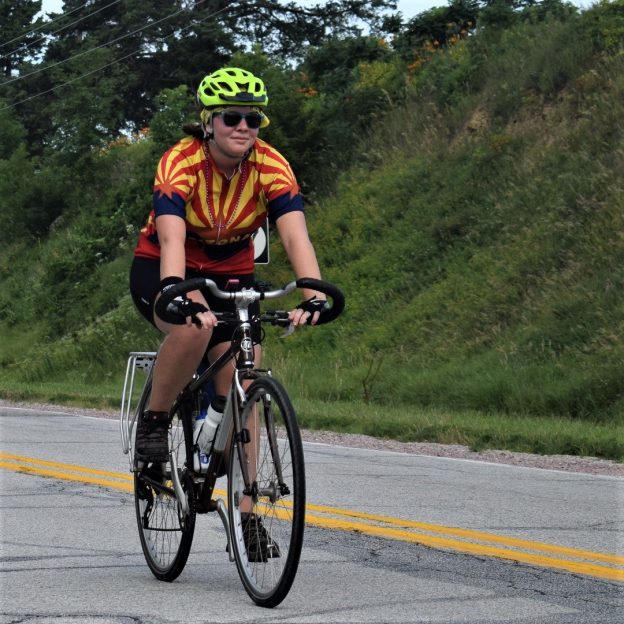
Being visible and noticed doesn’t end when the sun comes up
Now with spring riding soon in full swing, stay visible and noticed. Wear clothing that makes you stand out to others while riding your bike or walking. Being noticed by others is the key to avoiding accidents. Focus on the two forms, passive and active visibility, to help stay safe. Things like reflectors and bright…
-

Bike noises may be easy to fix with these tips
Bikes are fun, and any noise distraction from your two-wheeled steed can be annoying. One distraction that is easy to fix is noises your bike usually doesn’t make. The reason they are easy to eliminate is that each noise is telling you what’s wrong. Here are some of the most common noises, their causes, and…
-
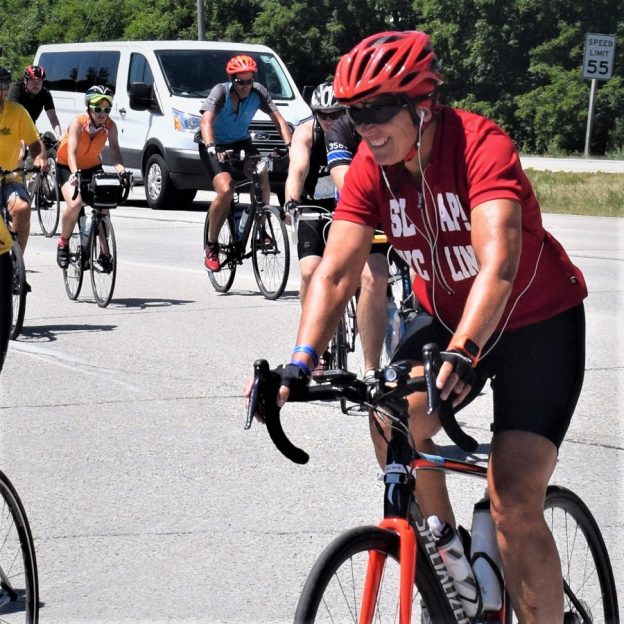
Easy ways to pedal with your favorite music
Like nothing else, your favorite music keeps you pedaling in high spirits through the most challenging rides. So, how do you bring your favorite tunes along with limited space while riding a bike? Look at these tips below, and some of the most popular options.
-
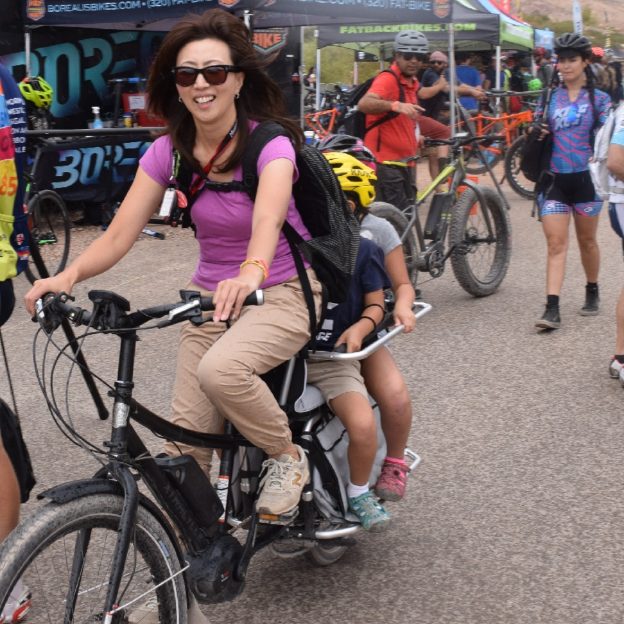
Common cycling mistakes easily solved for more fun
Mistakes are something humans can’t escape, but nobody is perfect. That said, we can try to eliminate some of the simple errors we may make without ever realizing we are proceeding down the wrong path. Consider taking a look below at some of the most common and damaging cycling mistakes made by newbies and seasoned…

